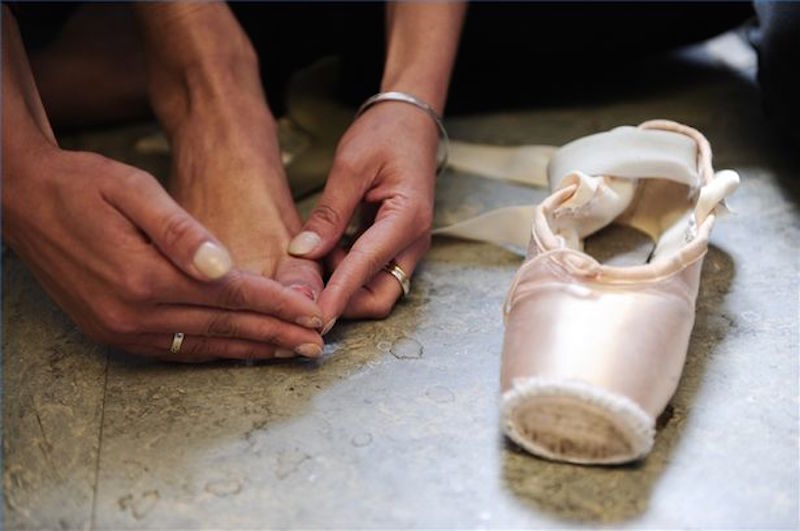Night Study
Jean Hoefling
 This morning I saw the countryside from my window a long time before sunrise with nothing but the morning star, which looked very big.
—Vincent Van Gogh, 1889
This morning I saw the countryside from my window a long time before sunrise with nothing but the morning star, which looked very big.
—Vincent Van Gogh, 1889
With nothing but the big morning star to light his way, Van Gogh managed to see it all: the spire-like cypress bridging earth to heaven; the mute, squatting church he added—perhaps a symbol of that other, failed vocation; the moon dazzling as a comet among the lesser lights—all of them, ironically, as wide open as morning eyes. Of the dark hours, Van Gogh claimed they were, “more alive and more richly colored than the day.” Perhaps "The Starry Night," this most well known of the artist’s night studies, is a plea not to miss what’s there when the lights go out.
Van Gogh learned to suffer, to accept his life of ambiguity, to live by the light of the diamond chips that rule the night as he wandered the shadowy landscape of mental illness and poverty and loneliness. The imbalances of his brain chemistry brought flocks of blackbirds to peck at his eyes, yet he still saw and painted with flawless inner vision. He produced hundreds of starry nights, some of which survive as established masterpieces. It’s perhaps the extreme turbulence of this most famous of them, the sense of perpetual, romantic chaos there, that makes things move inside for most of us in its presence. I viewed it at 17 in the New York Museum of Modern Art on our senior trip. I’d like to think the pounding of my heart had mostly to do with the emotional vibrancy of that painting and less with the proximity of a dark-haired boy in a green sweater. Yet I must attribute the pounding to both, for to view Van Gogh is a haunting, just as love is. We can speculate that Van Gogh may have been hard wired to go at life by the light of one trembling inner morning star. There may not have been another way. Yet to walk in the dark cost him dearly. It will cost anyone who accepts the night on its own terms.
